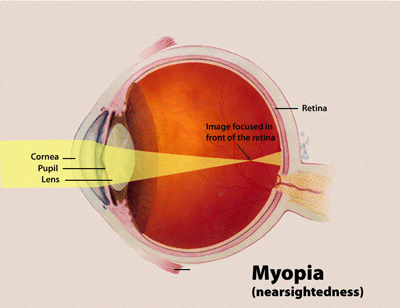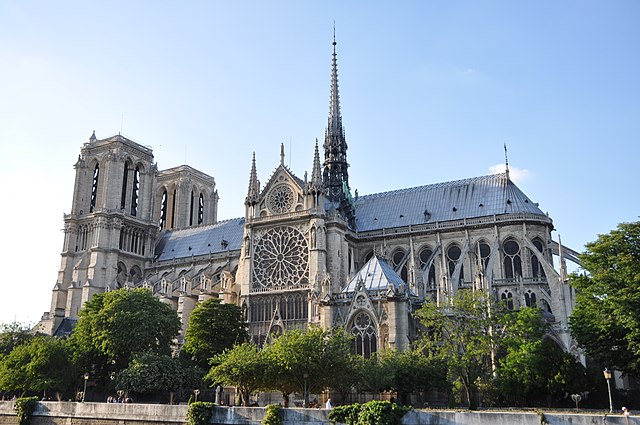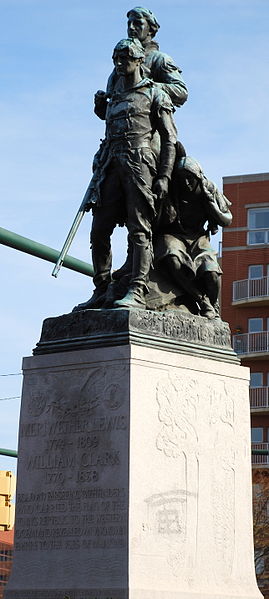We just learned about the Pen-y-Darren Locomotive.
Another part of the history of locomotives is the Salamanca steam locomotive, built in 1812 by Matthew Murray from England.
Even though people were figuring out how to make steam engines and hook them up to boats and wheels, it took a while for anyone to make one that worked really well on a train track.
Even before there were locomotives, people made metal tracks for carts that would be pulled by horses.
It wasn't until Murray made the Salamanca in 1812, that someone would make a locomotive that was actually used for people to haul big heavy loads around and do some work.
The Pen-y-Darren locomotive was built in 1802, so for 10 years people mostly just saw these steam engines as an interesting invention, but did not put the engines to work yet.
The Salamanca ran on a rack and pinion track, which means the wheels were gears that worked on a track with teeth that it would go along.

(from: wikipedia - salamanca (locomotive))
Kid Facts - Blast from the past: Fire Investigation








